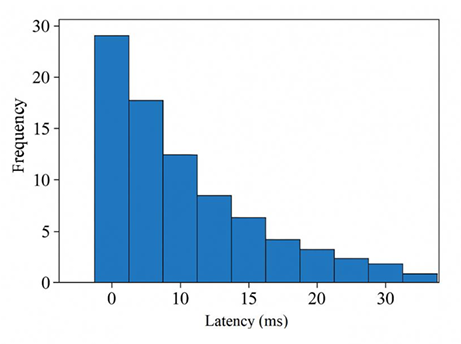Reinforcement Learning for Prioritizing Anti-Money Laundering Case Reviews Based on Dynamic Risk Assessment
DOI:
https://doi.org/10.70393/6a6574626d.333231ARK:
https://n2t.net/ark:/40704/JETBM.v2n5a01Disciplines:
FinanceSubjects:
Corporate FinanceReferences:
7Keywords:
Anti-Money Laundering, Reinforcement Learning, Dynamic Risk Assessment, Priority RankingAbstract
Addressing the challenges of delayed risk assessment and inflexible prioritization strategies in anti-money laundering reviews, this study investigates reinforcement learning approaches for generating dynamic risk-driven prioritization strategies. It details state-action modeling, reward function design, and policy network training methods, while outlining the model's integration into operational workflows. An experimental environment was constructed using real financial review data. Results demonstrate the model's significant advantages in review efficiency and high-risk identification accuracy, showcasing its potential for online deployment and continuous optimization.
References
[1] Khan A A, Alsufyani A, Alsufyani N, et al. BAML: a decentralized approach to secure, privacy-preserving financial compliance for enhancing anti-money laundering with blockchain hyperledger and federated learning [J]. Peer-to-Peer Networking and Applications, 2025, 18 (5): 270-270.
[2] Tong M, Wang S. Enhancing anti-money laundering via Fourier-based contrastive learning [J]. International Journal of Data Science and Analytics, 2025, (prepublish): 1-12.
[3] Amoako D, Obodai N T, Amoako K E, et al. Leveraging Machine Learning, Deep Learning and 6G Technologies in Anti-money Laundering Strategies: A Systematic Review of Implementation, Effectiveness and Challenges in the U.S. Financial Industry [J]. Asian Journal of Economics, Business and Accounting, 2025, 25 (5): 85-101.
[4] Eric H, Ian G, Mark N, et al. Developing a scoring model for managing money laundering transactions using machine learning [J]. Journal of Money Laundering Control, 2025, 28(7): 30-49.
[5] Henry O, Elizabeth M T, Sinan M G, et al. The anti-money laundering risk assessment: A probabilistic approach [J]. Journal of Business Research, 2023, 162.
[6] Ren L. Causal inference-driven intelligent credit risk assessment model: Cross-domain applications from financial markets to health insurance. Academic Journal of Computing & Information Science, 2025, 8(8): 8–14.
[7] Ren L. Boosting algorithm optimization technology for ensemble learning in small sample fraud detection. Academic Journal of Engineering and Technology Science, 2025, 8(4): 53–60.

Downloads
Published
How to Cite
Issue
Section
ARK
License
Copyright (c) 2025 The author retains copyright and grants the journal the right of first publication.

This work is licensed under a Creative Commons Attribution 4.0 International License.

















